
Raggedrobin (Lychnis floscuculi) plug plants
Ragged robin, named for its ragged-looking pink blossoms, is a native of Europe that has become naturalized in northeastern North America. Identification: Plants are 8-35″ (20-90 cm) in height. Jointed stems have long, narrow leaves in pairs, each up to 3″ (7.6 cm) in length. The pink (rarely white) flowers, 1-1½″ (3-4 cm) across, have.

Lychnis floscuculi (ragged robin lychnis) Go Botany
Ragged-Robin. Ragged-Robin (Silene flos-cuculi) is a perennial plant which can grow up to 80 centimeters high and shows its striking flowers from late spring to summer.. Botanical name: Silene flos-cuculi (syn. Lychnis flos-cuculi) Family: Caryophyllaceae; Origin: Asia (Caucasus, Siberia), Europe and as an introduced species also in some.
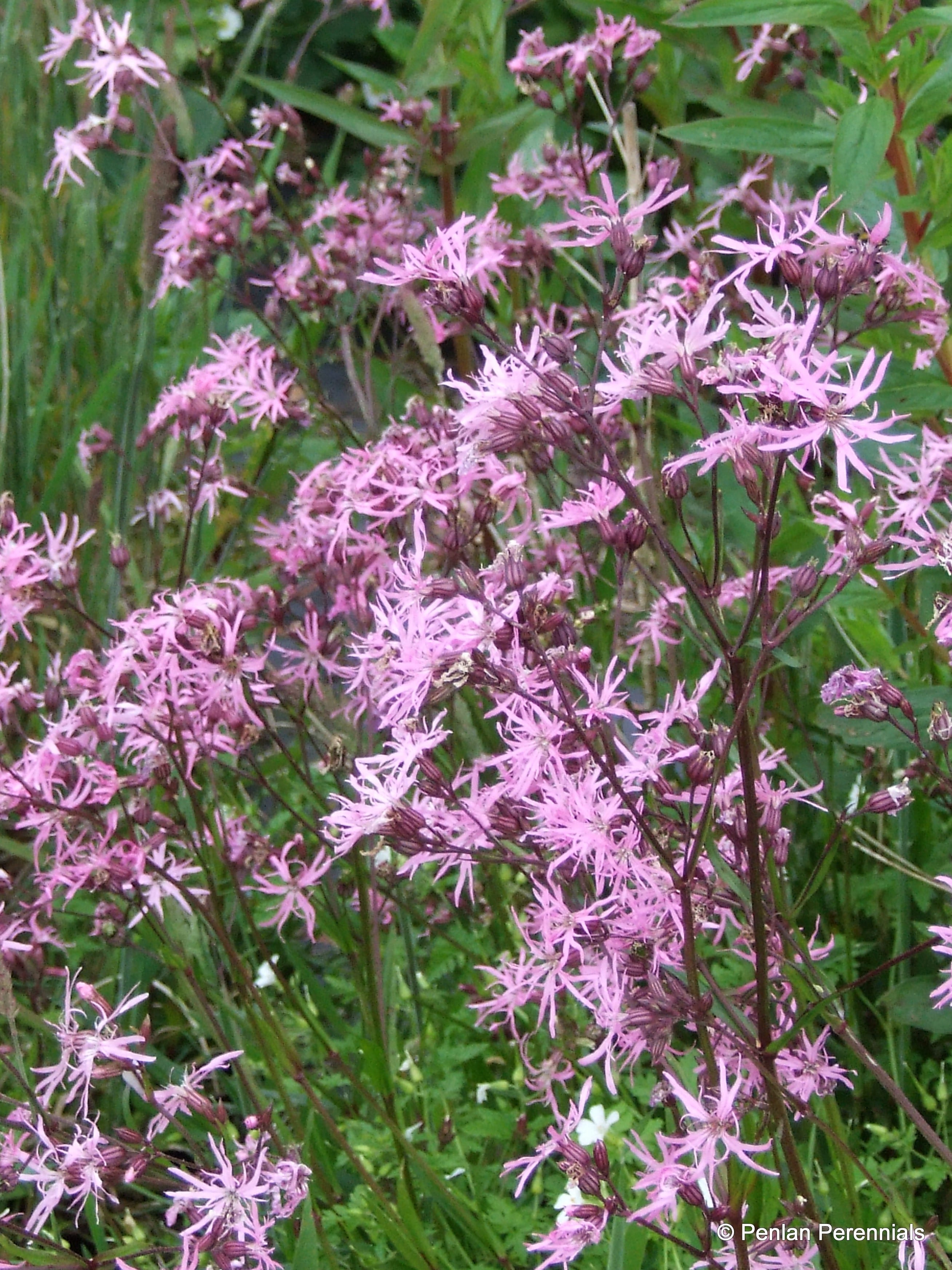
Plants & Seedlings Marginal Pond Plants 9cm Pots x 3 Perennial Ragged Robin Lychnis floscuculi
Ragged robin lychnis was introduced from Europe into New England most likely by planting in gardens. However, it was also reported from ships ballast in 1880, a common method of unintentional introduction. While not a major invasive species in New England, it is reported to have increased in recent years and can form large monospecific patches.

medicinal herbs RAGGED ROBIN Lychnis floscuculi
Ragged robin, Lychnis flos-cuculi, is found growing naturally in damp places in Europe, Caucasus and Siberia. With an upright or spreading habit, ragged robin has blue-green, lance-shaped leaves at the base of the plant, becoming more rounded further up the stem. In summer loose, flat flower heads carry star-shaped flowers with deeply cut.

Ragged Robin Lychnis floscuculi Taken At At Martin Mere WWT, Lancashire UK Stock Photo Alamy
L. flos-cuculi is a diploid polycarpic perennial hemicryptophyte. This herbaceous plant, commonly called Ragged Robin, is native to Europe and Northwestern Asia. It grows in sunny and moist open habitats, such as marshes, floodplains, wet meadows, oadsides, ditches and light alder woods, preferring deep soils, rich in nutrients (Aavik et al., 2014).The reddish stem with barbed hairs grows 30.
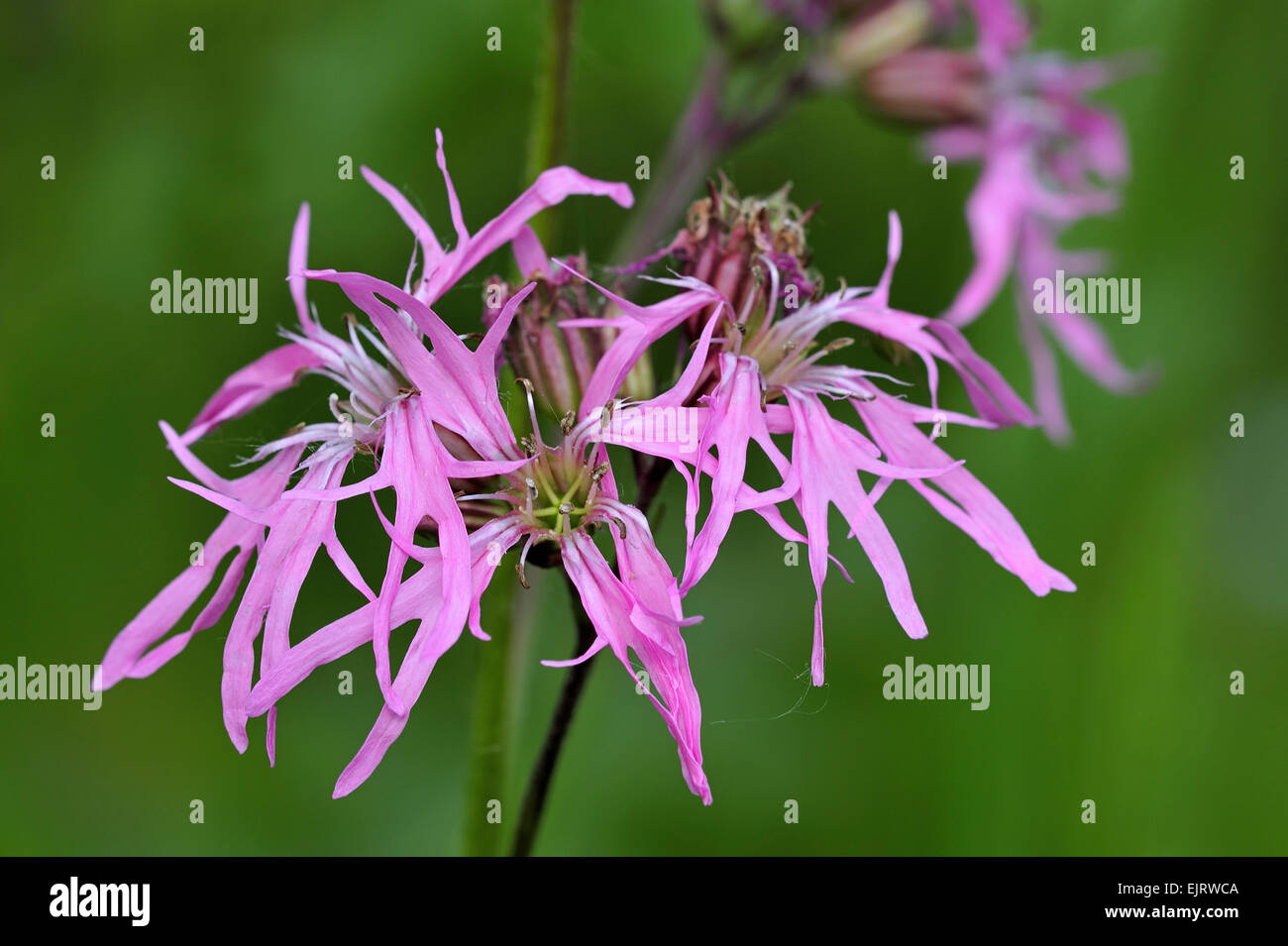
Ragged robin (Silene floscuculi / Lychnis floscuculi) in flower Stock Photo Alamy
Silene flos-cuculi - Ragged Robin Phylum: Magnoliophyta - Class: Equisetopsida - Order: Caryophyllales - Family: Caryophyllaceae It is surprisingly difficult to capture the true colour of this flower in a photograph: the pink has far less of a blue component than that of Red Campion Silene dioica and is more like the bubblegum that many of us chewed as children.
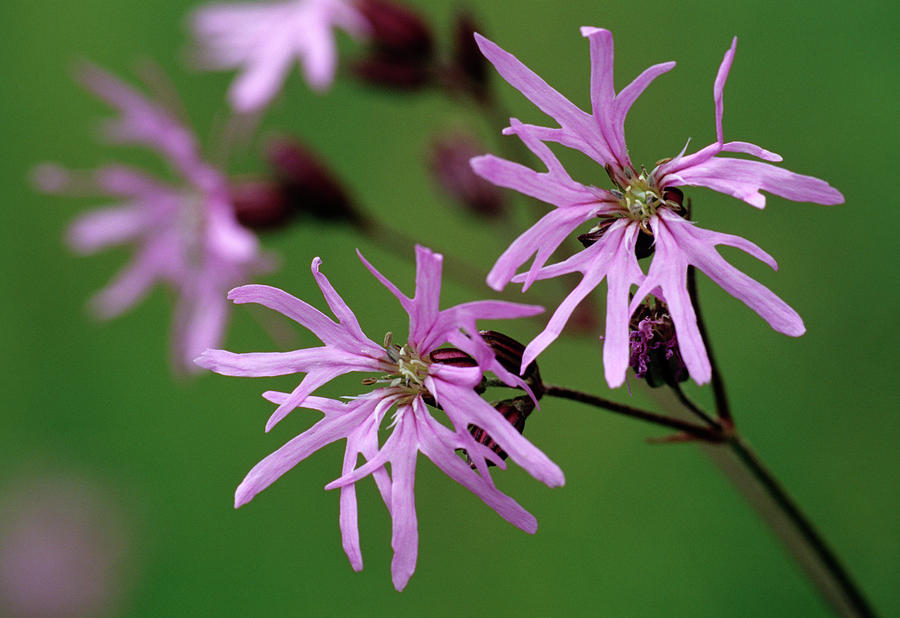
Raggedrobin (lychnis Floscuculi) Photograph by Ann Pickford/science Photo Library
Ragged Robin 'Petite Jenny'. Lychnis flos-cuculi 'Petite Jenny' (Ragged Robin) is a compact, tufted perennial with exquisite clusters of double, soft lavender-pink flowers borne on upright, slender, leafy stems. The fluffy blooms rise with airiness above the foliage of oblong, dark green leaves. Blooming over an exceptionally long season.
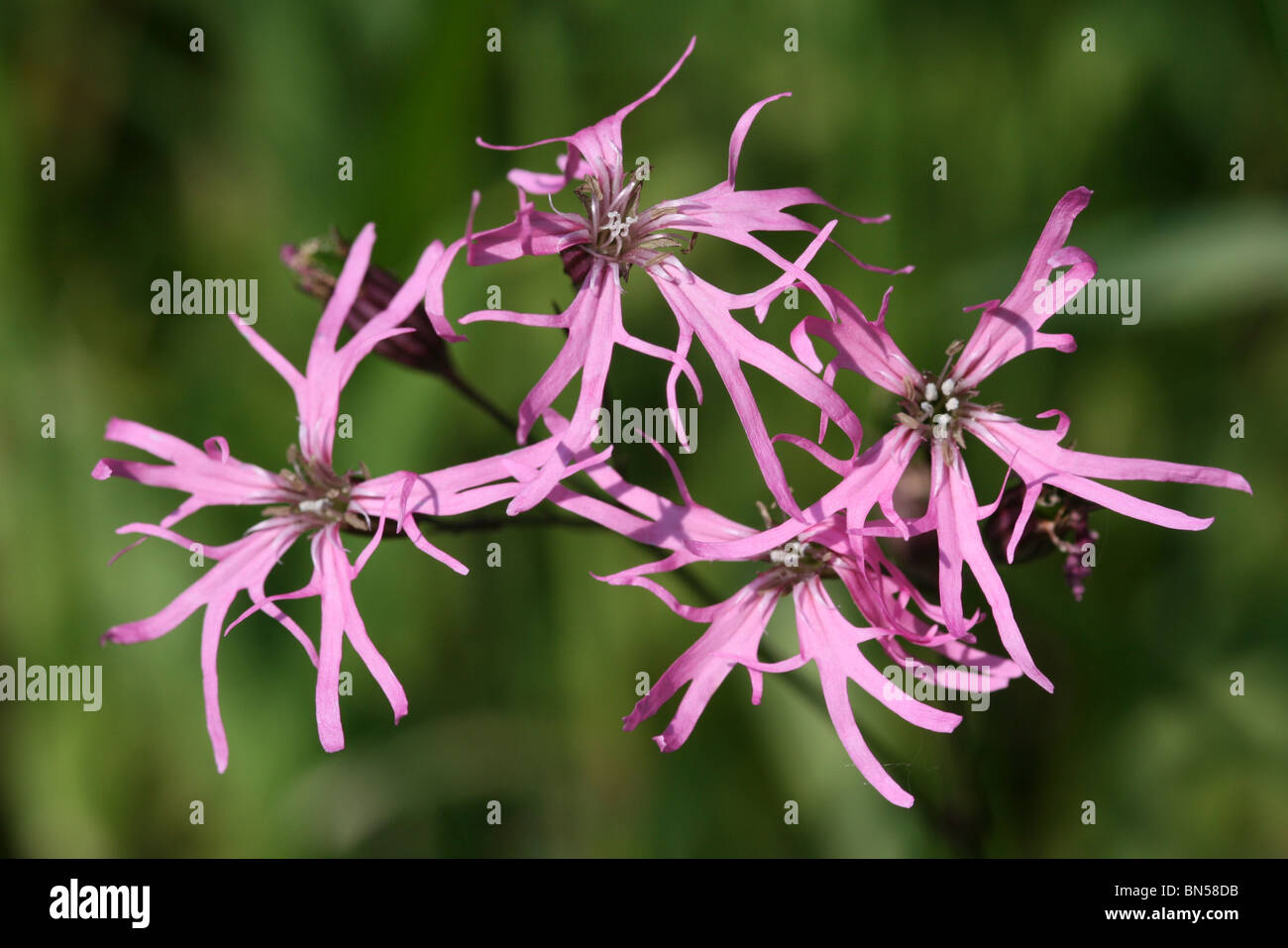
Ragged Robin Lychnis floscuculi Taken In Cumbria, UK Stock Photo Alamy
Ragged robin, Lychnis flos-cuculi, is a pretty native wildflower that thrives in damp soil including bog gardens, wet meadows and marshy ground.The pink, lacy-petalled flowers are borne on slender stems 30-50cm high above clumps of narrow strap-like dark green leaves, from late spring to late summer.

Ragged Robin Lychnis flos cuculi Caryophyllaceae UK Stock Photo Alamy
Silene flos-cuculi (syn. Lychnis flos-cuculi), commonly called ragged-robin, is a perennial herbaceous plant in the family Caryophyllaceae. It is native to Eurasia and has been introduced to North America. Description A colony of ragged robin in Estonia. Silene.
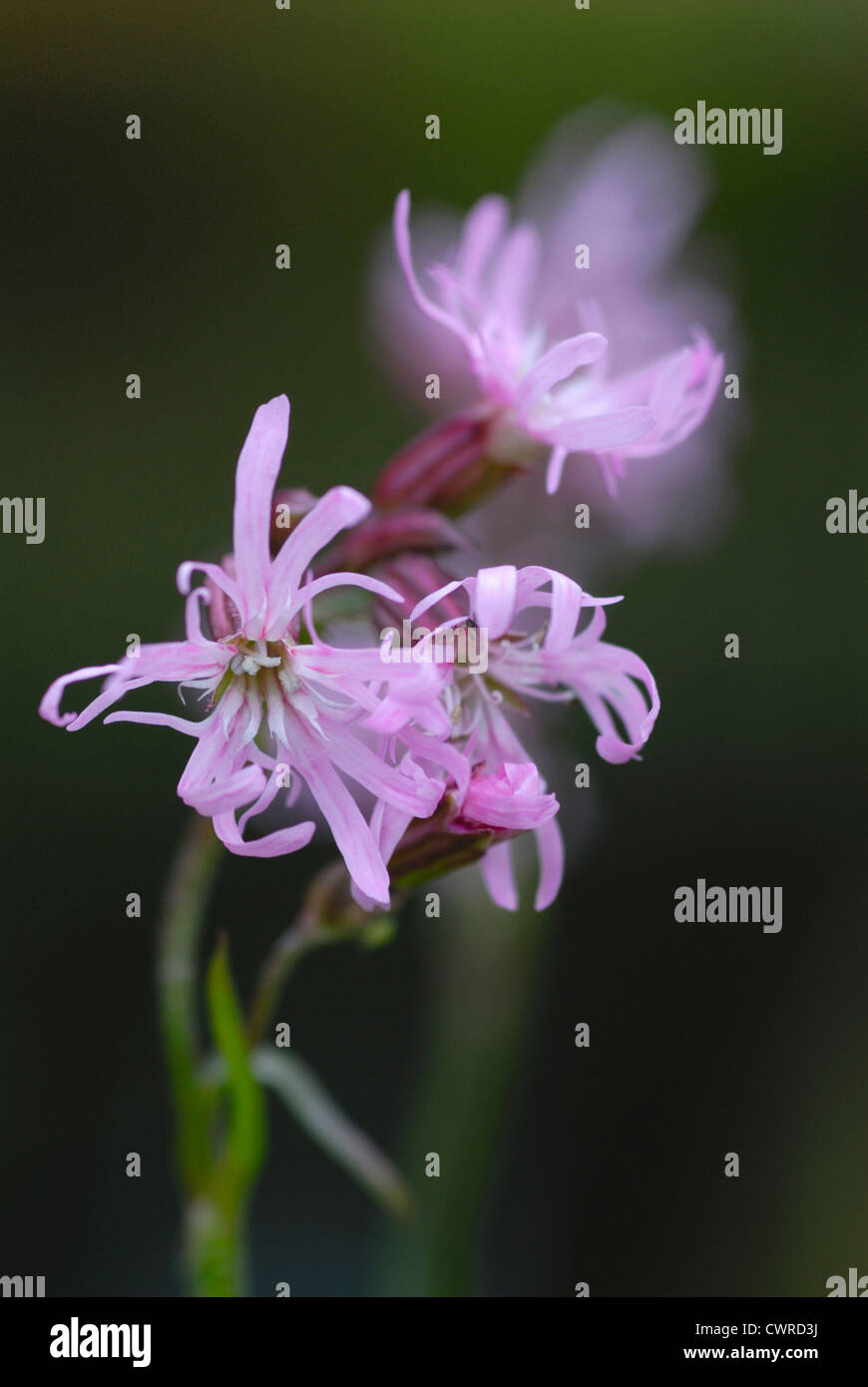
Lychnis floscuculi, Ragged robin Stock Photo Alamy
Variety or Cultivar. 'Petit Henri' is a compact, upright, clump-forming, deciduous perennial with branched stems bearing lance-shaped, mid-green leaves and, from late spring into summer, clusters of double, white flowers with maroon calyces. Read more.

Ragged robin (Lychnis floscuculi) Stock Image B822/1909 Science Photo Library
Ragged-Robin. Scientific name: Lychnis flos-cuculi. Family: Caryophyllaceae (Pink) Ragged-Robin is a perennial plant of damp places. It is typical of damp meadows and woodland, marshes and ditches. It is a common plant across the UK, however, due to drainage and agricultural improvement of wet grassland, local populations have declined over the.

Ragged Robin, Lychnis flos cuculi Stock Photo Alamy
Division in spring or autumn [2]. Very easy, larger clumps can be replanted direct into their permanent positions, though it is best to pot up smaller clumps and grow them on in a cold frame until they are rooting well. Plant them out in the spring. Practical Plants is currently lacking information on propagation instructions of Lychnis flos.

Raggedrobin (Lychnis floscuculi) Stock Image B590/1364 Science Photo Library
Ragged robin features a narrow rosette of stalked, spathulate to oblanceolate, bristly-hairy, gray-green, basal leaves from which sticky-hairy, sparsely-branched stems rise well above the foliage to 24-30" tall.. Lychnis flos-cuculi, Lychinis coronaria and Agrostemma flos-cuculi are former names and current synonyms of the within plant.
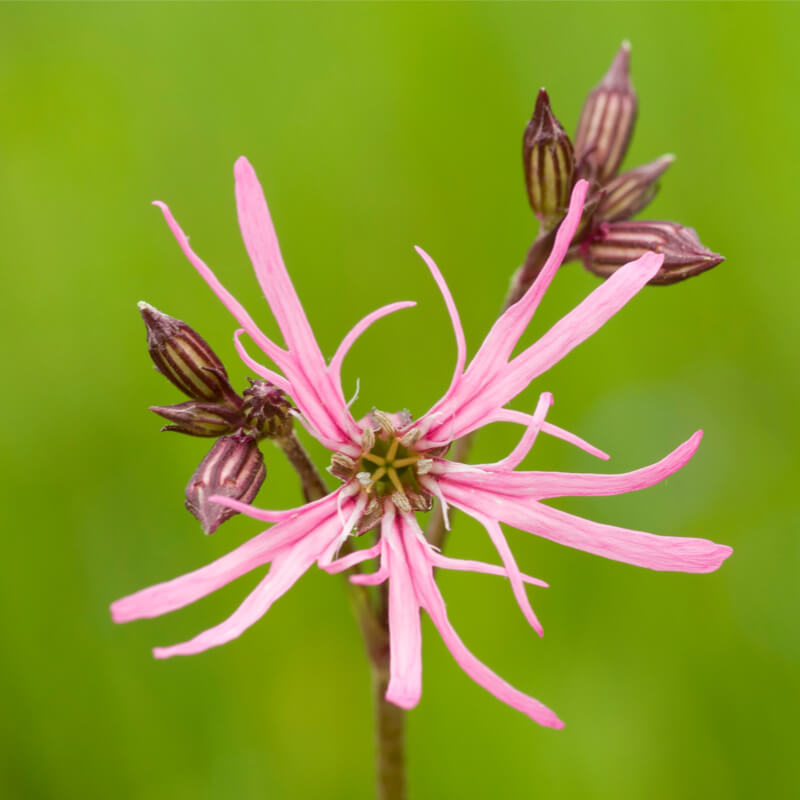
Plants of Ragged Robin LYCHNIS FLOSCUCULI The Original Garden
Ragged-robin. Scientific name: Lychnis flos-cuculi. The pink, frayed flowers of Ragged-robin are an increasingly rare sight as our wild wetland habitats disappear. You can help: grow native plants in your garden and enjoy the hum of visiting insects.

Raggedrobin (lychnis Floscuculi) Photograph by Ann Pickford/science Photo Library Fine Art
Alternative names. Ragged Robin, Lychnis flos-cuculi. Description. Medium to tall, roughly hairy plant often branched. Basal leaves oblong to spoon shaped, stalked. Stem leaves linear lanceolate. Flowers pale to bright purplish pink (occasionally white) 30 to 40 mm, the petals cut into four narrow pointed segments. Identification difficulty.
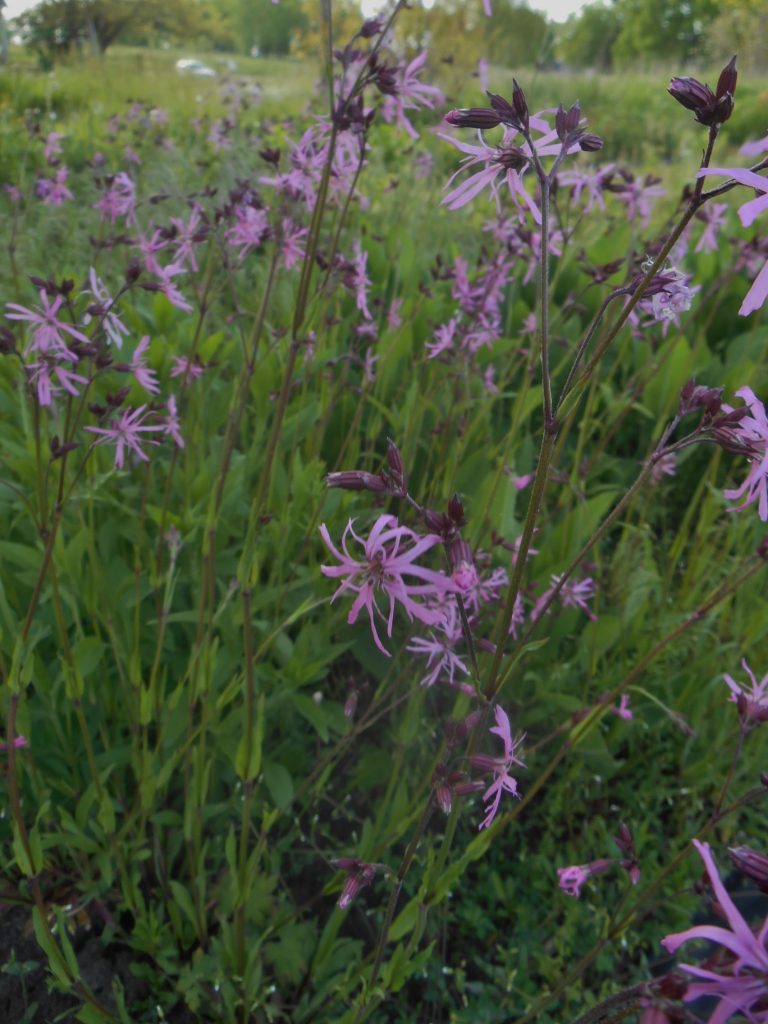
Ragged Robin (Lychnis Floscuculi) Heritage Flower Farm
The word "Lychnis" comes from the Greek word for lamp, which alludes to ragged robin's cheerful bright pink flowers that add brightness to landscapes in early summer. Flos-cuculi means "flower of the cuckoo," referring to the shared time of year when cuckoos are first heard and ragged robin is first seen.
- Tears For Fears Concerti 2023
- I Testimoni Di Geova Festeggiano Il Compleanno
- Strangers In The Night Lyrics
- Classe Di Concorso L 19
- Classifica Pro Vercelli Pergolettese
- Foto Di Discoteca Metro Siracusa
- Camera Di Commercio Milano Monza Brianza Lodi Sede Monza
- Breve Trama Di Romeo E Giulietta
- You Give Love A Bad Name Testo
- Iberdrola Clienti Italia S R L
